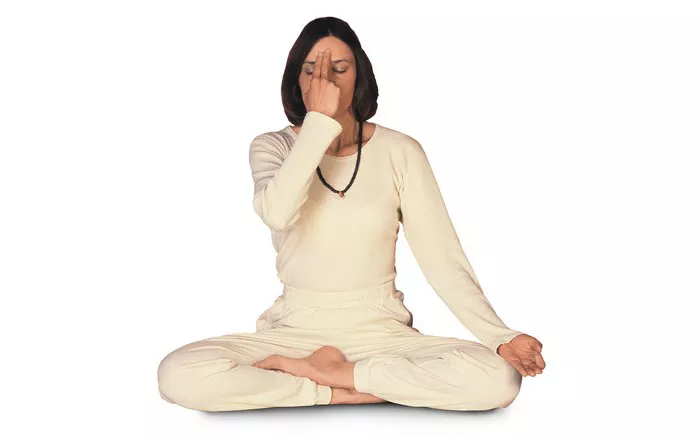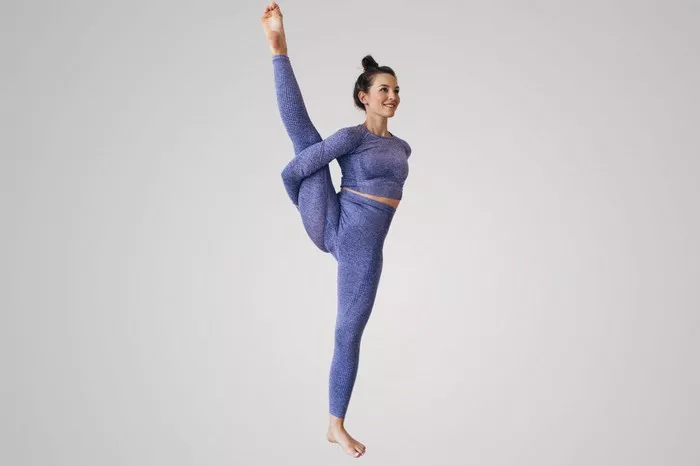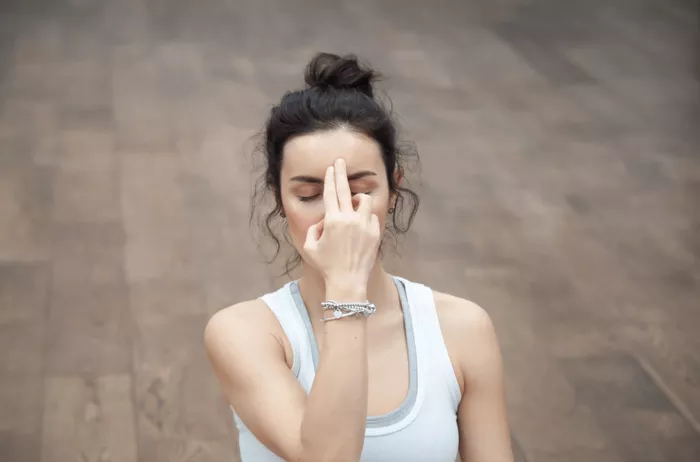Yoga has long been known as a powerful practice for promoting physical, mental, and emotional well-being. One of the most celebrated benefits of yoga is its ability to reduce stress. Through a combination of physical postures, controlled breathing techniques, and mindful meditation, yoga can effectively help reduce the tension that builds up in our daily lives. Understanding how yoga reduces stress involves exploring its impact on the body and mind.
The Connection Between Yoga and Stress Relief
Stress often manifests in the body as physical tension, mental fatigue, and emotional imbalance. Yoga addresses stress on multiple levels, focusing on the connection between the mind, body, and breath. This holistic approach makes yoga particularly effective for alleviating stress.
Yoga Helps Calm the Nervous System
The practice of yoga helps regulate the autonomic nervous system, which governs how our body reacts to stress. Specifically, yoga promotes the activation of the parasympathetic nervous system, which is responsible for the “rest and digest” response. This counters the “fight or flight” response triggered by stress.
Breathing techniques (known as Pranayama in yoga) are central to this process. When we focus on deep, slow breaths, we signal to our nervous system that it is safe to relax. This helps to lower the heart rate, reduce blood pressure, and promote a sense of calm. Poses like Savasana (Corpse Pose) and Balasana (Child’s Pose) encourage deep relaxation, giving the body time to reset.
Yoga Encourages Mindfulness and Meditation
A key aspect of yoga is mindfulness, which involves staying present and focused on the current moment. Mindfulness in yoga is cultivated through attention to breath and movement, which helps reduce mental clutter. When we engage in mindful practices, we shift our focus away from worries about the past or future and instead concentrate on the here and now.
Meditation, often incorporated into yoga practices, is another tool for reducing stress. Meditation teaches us to observe our thoughts without judgment, allowing us to detach from the constant stream of thoughts that contribute to stress. Regular meditation practices in yoga can help reduce anxiety and cultivate a more peaceful state of mind.
Physical Movement Helps Release Tension
Yoga’s physical postures, or asanas, are designed to stretch and strengthen the body, which helps release accumulated tension. Many stress-related symptoms, such as muscle tightness, headaches, and fatigue, are caused by chronic tension in the body. By practicing yoga, individuals can stretch tight muscles, increase flexibility, and improve circulation, all of which contribute to stress relief.
Poses like Cat-Cow and Downward Dog are particularly effective for relieving tension in the back and shoulders, where many people tend to hold stress. Inversions like Legs-Up-The-Wall Pose help increase blood flow to the brain, promoting relaxation and reducing feelings of anxiety.
Breath Control Promotes Relaxation
In yoga, Pranayama (breath control) is a practice that can significantly influence stress levels. Techniques such as Ujjayi breathing (Victorious Breath) and Nadi Shodhana (Alternate Nostril Breathing) help regulate the breath, which in turn calms the mind and nervous system.
When we experience stress, our breath often becomes shallow and rapid. Yoga teaches us to reverse this pattern by focusing on slow, deep breathing. This simple change can have a profound impact on our stress levels, promoting a sense of inner peace and calm.
Yoga Cultivates a Positive Mental Attitude
Regular yoga practice can lead to positive mental shifts, including increased self-awareness and self-compassion. Yoga encourages us to listen to our bodies and respect our limits, which fosters a healthier relationship with ourselves. This self-awareness can help reduce the tendency to become overwhelmed by stress and improve our ability to cope with challenges.
Types of Yoga That Are Best for Stress Relief
While all forms of yoga can help reduce stress, some styles are particularly well-suited for relaxation and tension release:
Hatha Yoga: This gentle style of yoga focuses on slow and deliberate movements. It is a great option for beginners or anyone looking to reduce stress through simple postures and breath control.
Restorative Yoga: This practice emphasizes deep relaxation through passive poses supported by props. Restorative yoga is particularly effective for calming the nervous system and reducing stress.
Yin Yoga: This slow-paced practice involves holding poses for extended periods, which encourages deep stretching and relaxation. It is ideal for reducing tension in the body and calming the mind.
Vinyasa Yoga: A more dynamic style of yoga, Vinyasa links breath with movement in a flowing sequence. While it may be more physically challenging, it can still be an excellent way to release pent-up stress and improve mental focus.
See also: 15 Science-Backed Health Benefits of Vinyasa Yoga
Incorporating Yoga Into Your Daily Routine
To experience the full stress-relieving benefits of yoga, consistency is key. Even short daily sessions of 10–20 minutes can help lower stress levels. Whether practicing in the morning to set a calm tone for the day or in the evening to unwind before bed, yoga can be easily adapted to fit into your schedule.
Conclusion
Yoga’s combination of physical movement, breath control, and mindfulness makes it an effective tool for reducing stress. By calming the nervous system, releasing tension, and promoting a positive mental outlook, yoga helps individuals manage stress in a holistic way. Whether through gentle poses or deep breathing exercises, incorporating yoga into your daily life can bring lasting peace and resilience.
Related topics:






















